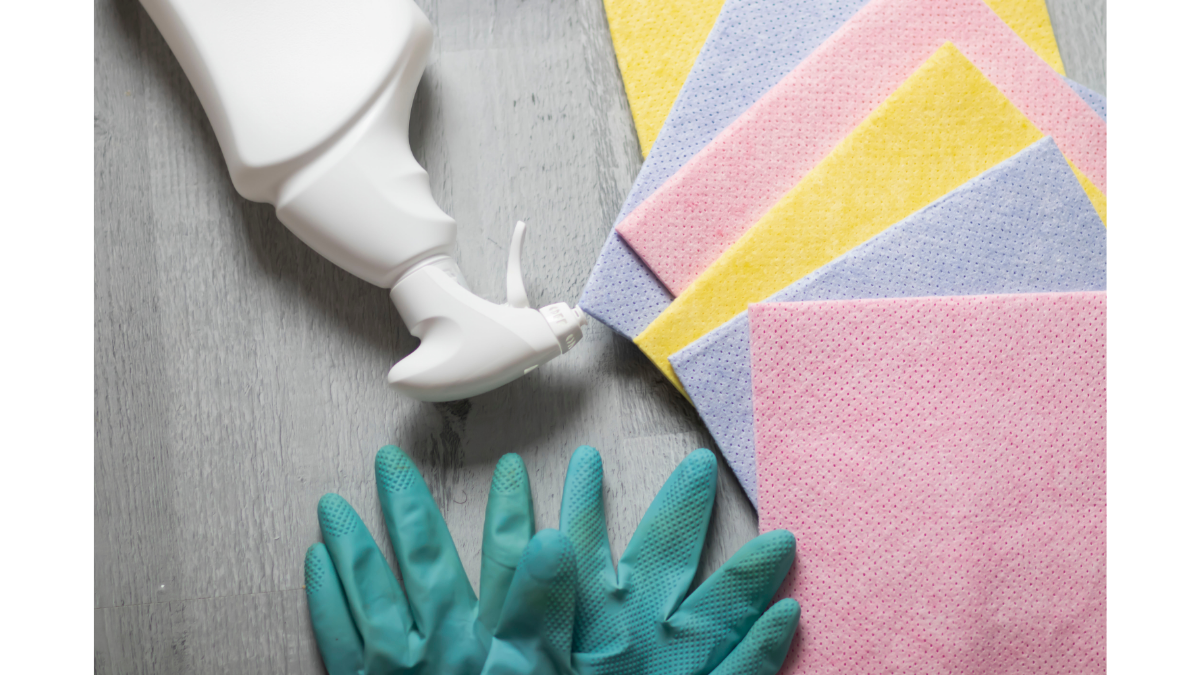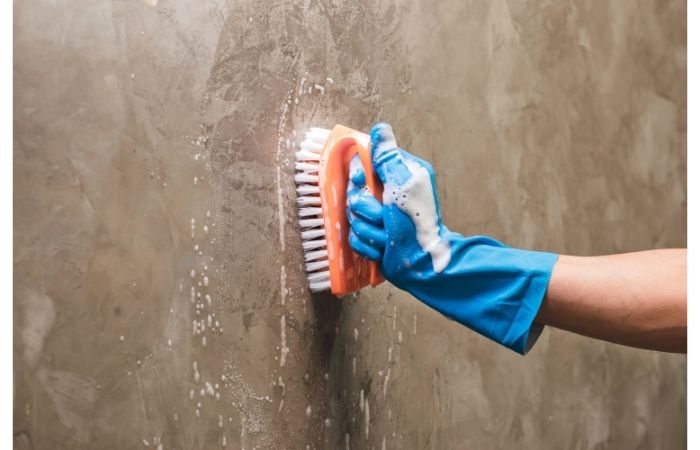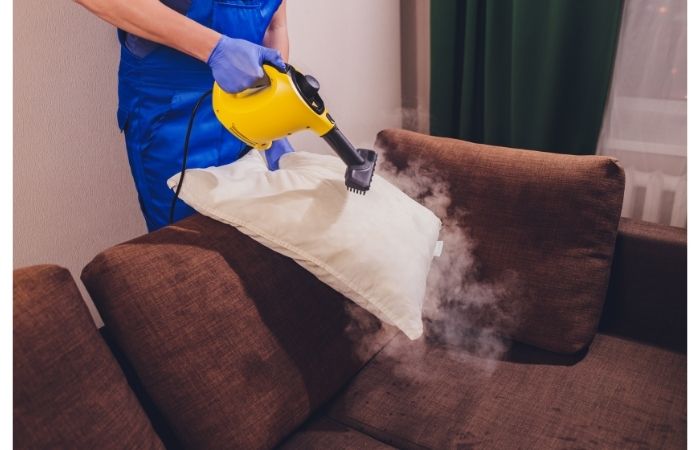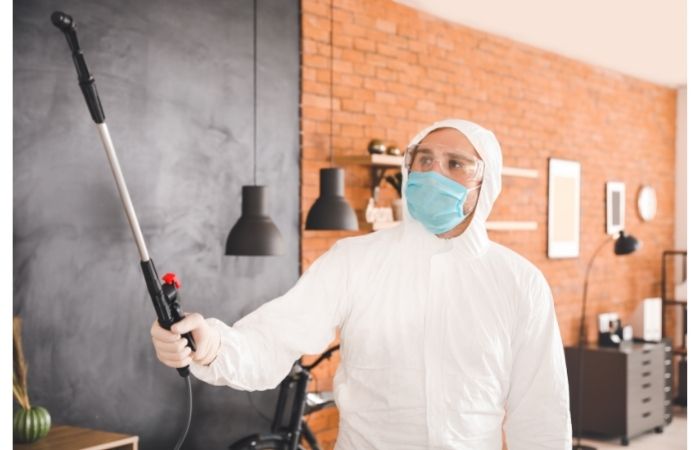CleanTec Industry News
Clean, disinfect or sanitize, which one do I need?
Expired
International. In the solutions for the cleaning of domestic, commercial and industrial spaces, it is common to find cleaning, disinfection and sanitization services. Hence the importance of distinguishing the difference between them and choosing the right one for our needs.
According to BL FACILITY SERVICES cleaning refers specifically to removing dirt from surfaces, so it is usually done with soap and water. However, he points out that this is not enough to kill germs, "it only eliminates some and this action makes there be a little less transmission of infections."

For its part, sanitization "includes the use of chemicals – such as chlorine or alcohol – to kill germs on surfaces and objects." Which must be applied and left to act for a certain time.

However, for BL FACILITY SERVICES the purpose of disinfection is to "reduce the amount of germs to a safe level". Where such levels are indicators established by public health authorities. Meanwhile, the disinfection process also involves chemicals, which must comply with established standards.
In this way we can consider that cleaning removes surface dirt; Sanitizing in addition to cleaning focuses on reducing harmful agents and disinfection focuses on the elimination of bacteria, viruses and germs.
In that sense, it is notorious that sanitizing and disinfecting have a great similarity, for Alfil Limpieza they are two processes with the same objective. "Both seek to end impurities as well as bacteria, fungi and other microorganisms harmful to human and animal health."
So how could we demarcate a clear difference? According to this company the distinction is that sanitization reduces the number of microorganisms to a safe amount for people, but does not eliminate them completely. In addition, "it is used to remove organic material found in the body or objects" such as when using a disinfectant gel on the hands.
However, this is a procedure that is not recommended in areas and places that require extreme cleaning, such as hospital operating rooms, laboratories and food preparation areas, among others.
Disinfection: a rigorous cleaning process
Put more extensively, for Alfil Limpieza disinfection has the mission of ending root microorganisms, relying on products with germicidal and antibacterial properties. That is, it is a process in which the elimination of pathogens is sought in 99.999% in a time of 5 to 10 minutes.

Additionally, there are two types of disinfection, physical and chemical. The first uses physical methods such as heat, heat with pressure, moist heat or ultraviolet light. While the second focuses on the use of specific chemicals that guarantee the destruction of certain microorganisms.
Choosing the best cleaning solution
From this we can conclude that all spaces have a need for cleaning to control the amount of organic waste such as dust and garbage, as well as an eventual sanitization, to control the microorganisms that are housed on the surfaces. But the demand for sanitation increases when it comes to spaces intended for cleaning, food preparation and well-being of people, as is the case of bathrooms, restaurants, kitchens and private places of rest.
Meanwhile, disinfection is required in health care-focused settings, such as the operating room areas of hospitals. Another great case is the industrial processes that are altered by the presence of microorganisms, such as drug preparation and sample reviews in laboratories.
We will always know which solution to use taking into account the need for cleaning the area.
Sanitation: the ambiguous concept to avoid
For Proquimia , sanitation is a term that has taken a furor in recent years in the cleaning market, but it is very ambiguous and applies to those cleaning processes that make use of products called "sanitizers", of which it is claimed that, apart from cleaning, they reduce the bacterial load, but it is not clear to what level.
In this sense, he assures that "sanitizing products are not regulated by any regulatory framework and usually incorporate in their composition one or more biocidal active substances, but they are not registered or authorized according to the legislative scope of biocides, which is why their disinfectant efficacy cannot be legally accredited".
Thus, the use of "sanitization" services should be reviewed with special attention, since unlike sanitization, cleaning and disinfection, they do not have a unique and specific meaning, therefore, it is complex to identify what their scope would be without a clear explanation.
On the other hand, the Ministry of Public Health of Spain, in its informative note to clarify the ambiguity in the use of the terms sanitizer / sanitizer, considered that there is a clear relationship between the use of biocides, products that aim to destroy or counteract harmful organisms, with the components of products that are labeled as sanitizers.
To which he made a special call to pay attention to its use, because "the incorporation of biocidal active substances into detergency and cleaning products without a biocidal purpose, in addition to not being necessary, could, as a side effect, contribute to generating resistance, since treatments with biocides must be carried out in a timely manner and when necessary".
From this we can conclude that sanitization and sanitizing products are linked to an unclear use of biocides. Which explains why this concept related to cleanliness and "hygiene" is ambiguous.



